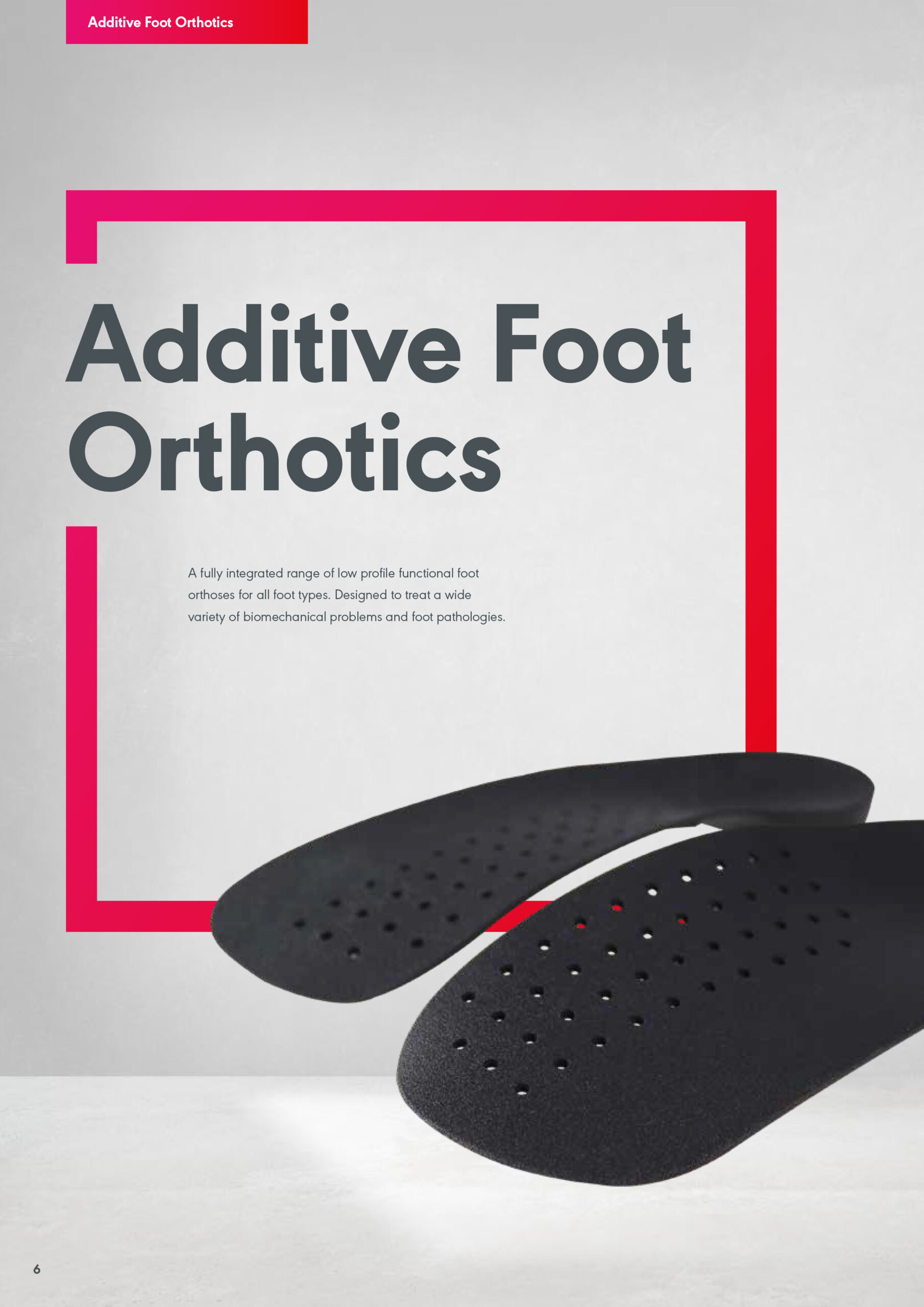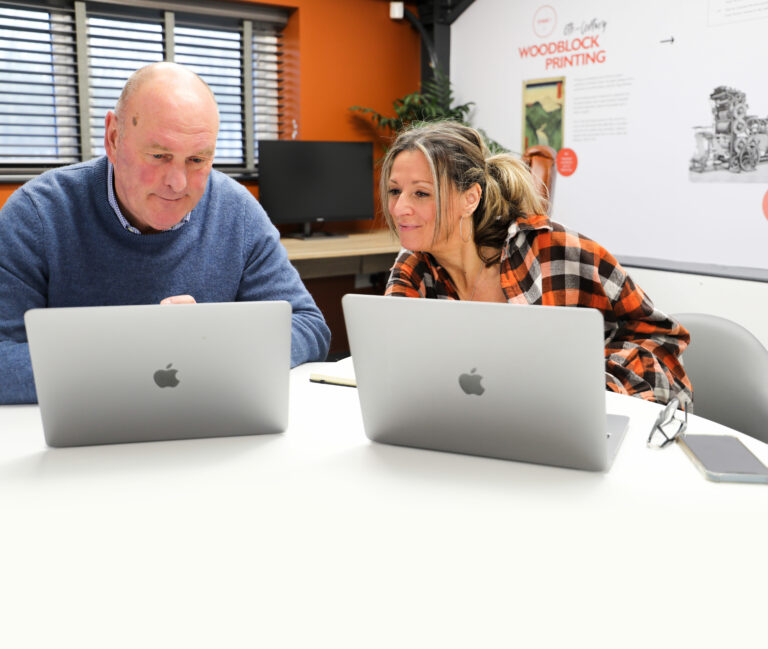It has been 100 years since the Staatliches Bauhaus was founded, and we wanted to acknowledge its huge influence on the world of design and on our own business as a creative agency.
In short, the Bauhaus was an art school in Germany which had a profound influence over modern day design, architecture and creative philosophy. Even if you’ve never heard of it, you will have seen its influence everywhere, from Ikea furniture to typography and city sky scrapers. (There was also a British punk band called Bauhaus active during the 1980s.)
The Bauhaus came about through a merger of two Weimar art schools founded by Walter Gropius. He and his colleagues aimed to connect fine art and craftsmanship through a wide range of courses on architecture, design, painting, sculpture, film, photography and other visual and performing arts.
Influenced by the Modernist movement before it, and liberal and radical European artistic experimentations that arose after the First World War, the Bauhaus championed functionality behind creativity.
The early 20th century was a period of intense creativity in Europe influenced by many factors. These included new materials, technology and aesthetics, industrialism and consumerism, political tension, war and huge social change. Art scenes such as Futurism and Dadaism also reflected the dynamism, opportunities and turmoil of the times – and influenced commercial design too, as did the Bauhaus.
Here is a run-through of the Bauhaus’ key principles and how we think they relate to our work today at Cornerstone:
Minimalism
The Bauhaus style, or the International Style, championed plain and unornamental design that focused on the function of the object. Its use of simplified forms has greatly influenced modern graphic design principles, including typography, 2-D lay-out, white space, colour, shapes and angles, and our mindset at Cornerstone.
We favour stripped-back design and clean, uncluttered layouts in our design work, which means the intended audience can quickly and easily digest information. We make sure our designs do what they need to do, beautifully.
Designed by our Graphic Designer, Dave, for Crispin Orthotics
Function over form
Design at the Bauhaus – from 2-D graphics and typography to 3-D furniture and architecture – began with rational consideration for the products’ use and function. After this, aesthetics would be incorporated.
Likewise, when considering a new brief for a client, our team will research and plan before creating a new design. Considerations such as dimensions, audience needs, message, viewing time, context and objectives for the campaign will all be noted before the design is created. This will ensure our creative assets are always functional as well as appealing.
Unity of the creative
One of the main objectives of the Bauhaus was to unify fine art (art made primarily for aesthetic appeal), craft (practical objects that also look nice) and technology. Students of different disciplines were encouraged to work together with no segregation, to create a “guild of craftsmen” with shared objectives.
This cross-discipline approach later inspired the development of foundation courses in art and design which have become a key course in modern art and design education in the UK and Europe. Foundation courses focus on giving students a practical taste of all disciplines before they choose their specialist areas.
At Cornerstone, we recognise that design and marketing activities are not isolated from each other. Different activities all support each other and work together to achieve a bigger goal. Mixing our departments in meetings and at our office is a way we share knowledge, create new ideas, and bring innovation to our clients in a holistic way. This is why our marketing retainers which offer a range of services including graphic design, printed materials, website development, digital newsletters, social media marketing, written content, photography and video are very effective at achieving long-term results.
The power of technology
The Bauhaus had a business-like mindset in some ways, in that it believed harnessing the power of technology was paramount to being economically competitive and practical.
Similarly, we are always trying to work with the latest technology to scale-up for our clients – from social media scheduling tools to CRM systems. This means we can save time for our clients and meet more ambitious objectives than ever before.
Compatibility with modern life
Walter Gropius once said: “We want an architecture adapted to our world of machines, radios and fast cars.”
He wanted to bring art into the modern era, where creativity responds to modern needs. This philosophy has influenced many creatives over the years, including architect Ernst May, and it also reflects the practical outlook of our staff at Cornerstone.
We don’t want to create amazing designs that don’t fit in with our modern world. With changes happening all the time in technology, culture, politics and communication, we think it’s important to stay relevant. For example, regularly updating our clients’ websites, their tone of voice and strategy is something we do as standard for our long-term clients.
What we didn’t take from Bauhaus
Although there are many things that we admire about the Bauhaus’s cultural impact, there are some things that we don’t want to apply to our work at Cornerstone. For example, in stripping back design, the Bauhaus creatives produced some things that can, arguably, feel rather clinical or generic. We prefer design that is aesthetically pleasing, eye-catching, and with a more human feel, which slightly differs from their starker, purist principles.
What happened to the Bauhaus?
Despite the art school being apolitical, due to the liberal political inclinations of many of its students and tutors, the school faced a lot of pressure from right-wing politicians and the rise of the Nazi party in Germany. The Bauhaus was eventually forced to close in 1933.
When the artists fled the Nazi regime, they emigrated all over the world, including the United States, and spread their teachings far and wide. This is why the Bauhaus movement has had such an effect on our modern culture and why its centenary has been marked this year.
Brush up on your Bauhaus
Want to learn more? Here are some books we’d recommend:
Annie Albers – (Bauhaus textile designer – show at Tate Modern this year)












